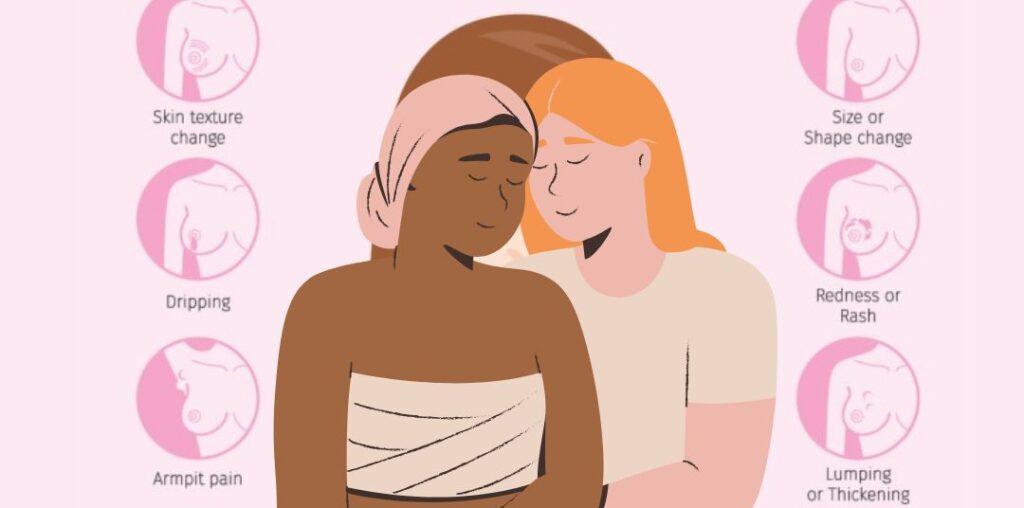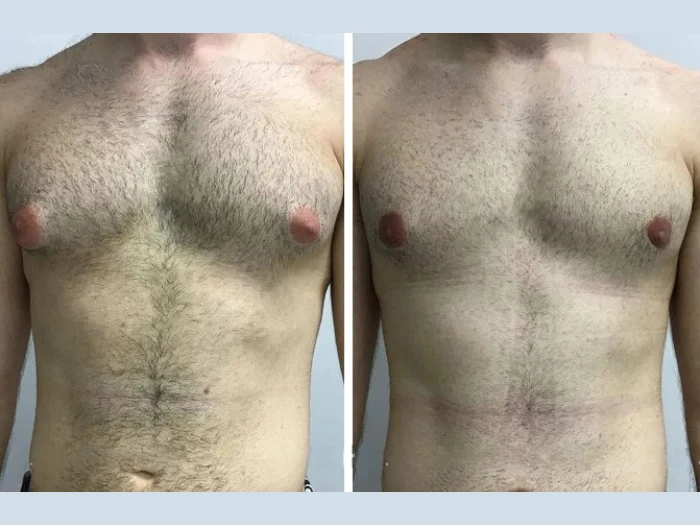Breast cancer remains one of the leading causes of death among women worldwide. While advancements in diagnostics and treatment have improved survival rates, prevention continues to be the most powerful strategy against this disease. For postmenopausal women, especially those at increased risk, medications like Ralista 60mg (Raloxifene Hydrochloride) are emerging as crucial allies in reducing the risk of developing breast cancer. This article explores how Ralista 60mg works, its benefits, side effects, and its potential role in safeguarding women’s health.
Understanding Breast Cancer and Its Risk Factors
Breast cancer occurs when cells in the breast grow uncontrollably, forming a tumor that can be benign or malignant. The risk of developing breast cancer increases with age and can be influenced by several factors, including:
- Genetics (e.g., BRCA1 or BRCA2 mutations)
- Family history of breast cancer
- Late menopause or early menstruation
- Hormonal replacement therapy
- Obesity and lack of physical activity
- High bone density
- Alcohol consumption
For postmenopausal women, the hormonal environment changes significantly, altering estrogen levels, a hormone strongly linked to breast tissue growth and cancer development.
What is Ralista 60mg?
Ralista 60 mg contains Raloxifene Hydrochloride, a selective estrogen receptor modulator (SERM). It mimics estrogen in some tissues while blocking it in others. Originally developed to treat and prevent osteoporosis in postmenopausal women, Ralista has shown significant promise in reducing the risk of invasive estrogen receptor-positive (ER+) breast cancer.
Approved by regulatory agencies such as the U.S. FDA under the brand name Evista (Raloxifene), Ralista 60mg is widely prescribed as a generic equivalent in many countries.
How Ralista 60mg Works Against Breast Cancer
Ralista 60mg works by modulating estrogen receptors in different tissues:
- In bones, it acts like estrogen, helping to preserve bone density and reduce fracture risk.
- In breast tissue, it blocks estrogen, preventing it from stimulating the growth of cancerous cells.
Since many breast cancers are estrogen receptor-positive (ER+), which means they grow in response to estrogen, Ralista’s anti-estrogenic action in the breast helps suppress the development of new cancer cells.
Clinical Evidence Supporting Ralista’s Role
Several major studies have supported the effectiveness of Raloxifene (Ralista) in reducing breast cancer risk:
1. MORE Trial (Multiple Outcomes of Raloxifene Evaluation)
This study involved over 7,700 postmenopausal women with osteoporosis. It showed that Raloxifene reduced the risk of invasive breast cancer by up to 76% after four years of use.
2. CORE Trial (Continuing Outcomes Relevant to Evista)
A follow-up to the MORE trial, CORE extended the study period and confirmed the sustained reduction in breast cancer risk over eight years of continuous Raloxifene use.
3. STAR Trial (Study of Tamoxifen and Raloxifene)
This head-to-head comparison of Raloxifene and Tamoxifen (another SERM used to prevent breast cancer) concluded that:
- Raloxifene was as effective as Tamoxifen in reducing invasive breast cancer risk.
- Raloxifene had fewer serious side effects, such as uterine cancer and blood clots.
These trials firmly establish Ralista 60mg as a reliable and safer alternative for breast cancer prevention in postmenopausal women at high risk.
Who Should Consider Taking Ralista 60mg?
Ralista is not intended for all women. It is generally prescribed to:
- Postmenopausal women with osteoporosis are also at increased risk for breast cancer.
- Postmenopausal women are at high risk for ER+ breast cancer, particularly if they want a non-invasive preventive option.
- Women who prefer Ralista over Tamoxifen due to its better safety profile.
Doctors evaluate a patient’s Gail Model risk score (a tool used to estimate breast cancer risk over time) before recommending Ralista.
Benefits of Ralista 60mg
Ralista 60mg offers multiple benefits beyond just breast cancer risk reduction:
1. Dual Protection
- Prevents osteoporosis by increasing bone mineral density.
- Reduces the risk of invasive ER+ breast cancer.
2. Lower Risk of Uterine Cancer
Unlike Tamoxifen, which can stimulate the uterine lining and increase cancer risk, Ralista does not stimulate the uterus, making it safer for long-term use.
3. Non-Surgical Preventive Strategy
For women seeking non-invasive options, Ralista offers an oral, once-daily tablet with proven efficacy.
4. Minimal Hormonal Side Effects
Ralista does not increase estrogen levels; it rather selectively blocks or activates estrogen receptors, which reduces systemic hormonal effects.
Side Effects and Risks
As with any medication, Ralista 60mg comes with potential side effects:
Common Side Effects
- Hot flashes
- Leg cramps
- Flu-like symptoms
- Sweating
- Joint or muscle pain
Serious Risks (though rare)
- Blood clots: Increased risk of deep vein thrombosis (DVT) or pulmonary embolism (PE)
- Stroke: Especially in women with a history of coronary artery disease
Because of these risks, Ralista is not recommended for women with a history of thromboembolic disorders.
Precautions and Contraindications
Ralista 60mg is contraindicated or used with caution in certain groups:
- Pregnant or breastfeeding women (it is only for postmenopausal women)
- Women with a history of blood clots or stroke
- Liver disease or severe kidney issues
- Those undergoing prolonged immobilization (e.g., post-surgery)
Patients should inform their doctors of all medications and supplements they are taking to avoid potential interactions.
How to Take Ralista 60mg
- Dosage: One tablet (60mg) daily, with or without food.
- Calcium and Vitamin D: Supplementation may be recommended to support bone health.
- Consistency is key: Ralista should be taken regularly to maximize benefits.
It is important to follow a doctor’s advice regarding the duration of treatment, typically ranging from a few years to long-term use, depending on the individual risk profile.
Ralista vs. Other Preventive Options
Tamoxifen
- Effective but higher risk of uterine cancer and blood clots
- Used in both premenopausal and postmenopausal women
Aromatase Inhibitors (e.g., Anastrozole, Letrozole)
- Even more effective than SERMs in some cases
- More severe bone loss and joint pain
Compared to these, Ralista 60mg balances safety and efficacy, making it a popular choice among postmenopausal women who also need osteoporosis protection.
Lifestyle Considerations
While Ralista plays a significant role, it is most effective when combined with healthy lifestyle practices:
- Regular exercise to maintain bone and breast health
- A healthy diet rich in calcium, vitamin D, and antioxidants
- Limiting alcohol and quitting smoking
- Routine mammograms and screenings
Preventive medication should always be part of a comprehensive risk reduction strategy.
Conclusion
Ralista 60mg offers a dual benefit to postmenopausal women—protecting bones while reducing the risk of invasive breast cancer. Its proven track record in clinical trials, coupled with a more favorable safety profile compared to alternatives like Tamoxifen, makes it an effective choice for women seeking preventive treatment.
While it is not a one-size-fits-all solution, for many postmenopausal women with osteoporosis or increased breast cancer risk, Ralista 60mg can be a lifesaving, preventive tool when used under medical guidance. As research continues to evolve, Ralista remains a cornerstone in the fight against one of the most common cancers affecting women today.




